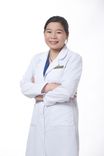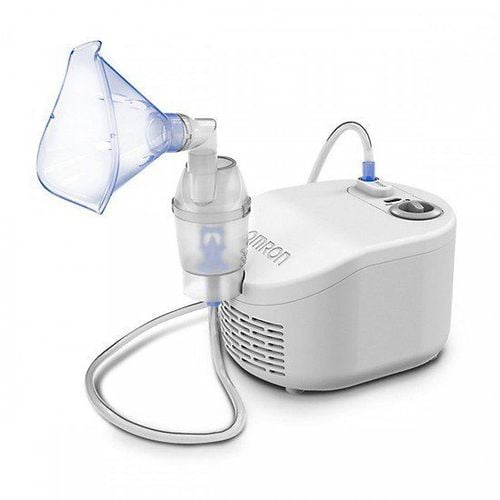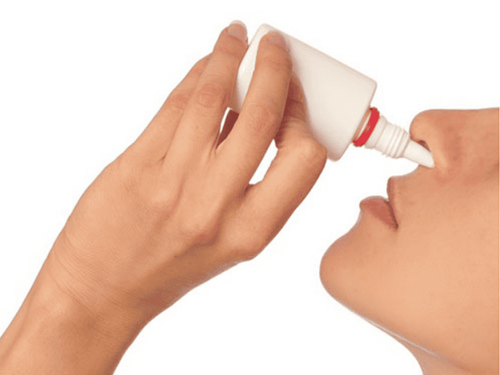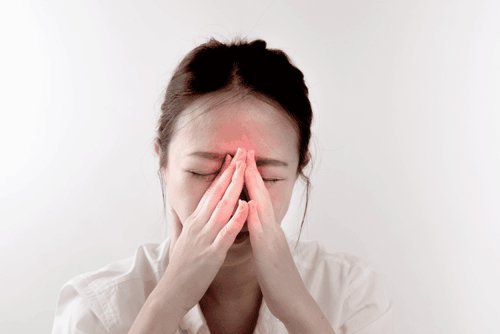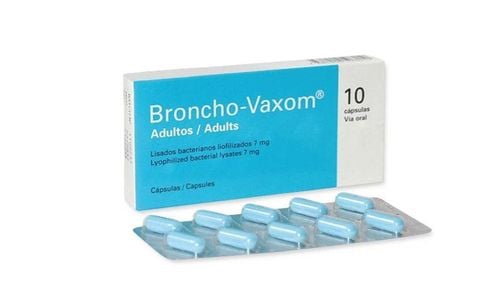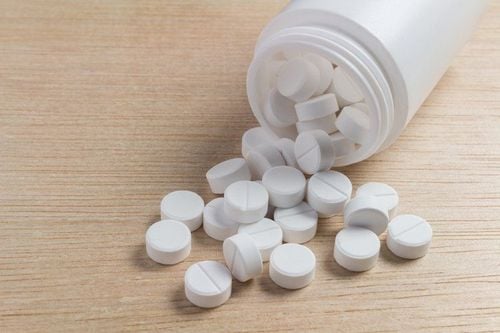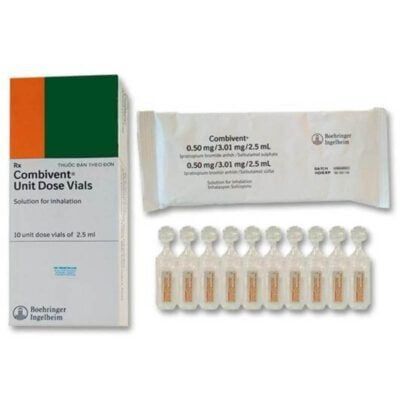This is an automatically translated article.
The article was professionally consulted with Specialist Doctor I Dang Thi Ngoc Chuong - Pediatrician - Pediatrics - Neonatal Department, Vinmec Central Park International General Hospital.Nebulizers help to deliver drugs into the body in the form of tiny mist particles, which are quite commonly used in pediatrics to treat respiratory diseases. Anyone can buy the device to use at home, but only under the guidance of a doctor.
For the best results from nebulizer therapy, here are 10 notes for patients and parents when using a nebulizer at home.
1. Sit in the correct posture when using the nebulizer
When using the nebulizer, the child needs to wear a mask or hold a mouthpiece, and breathe at the same time for about 5-10 minutes until the medicine is gone. If your baby doesn't sit up straight or is uncooperative, he won't be able to get the full dose of medication prescribed. Therefore, parents must encourage children to sit up straight when using the nebulizer.2. Choose the right mask size
The mask must be of the appropriate size to cover the nasopharynx, otherwise most of the mist particles will not enter the nose or airways. Putting the mask away from the face even a small gap also causes the drug to be lost at a large rate, respectively:1.2 cm distance: 50% of the drug will not reach the lungs Distance 2.5 cm : Up to 80% of the drug does not reach the lungs. Therefore, children must wear a mask close to their face to ensure maximum effectiveness of the nebulizer.
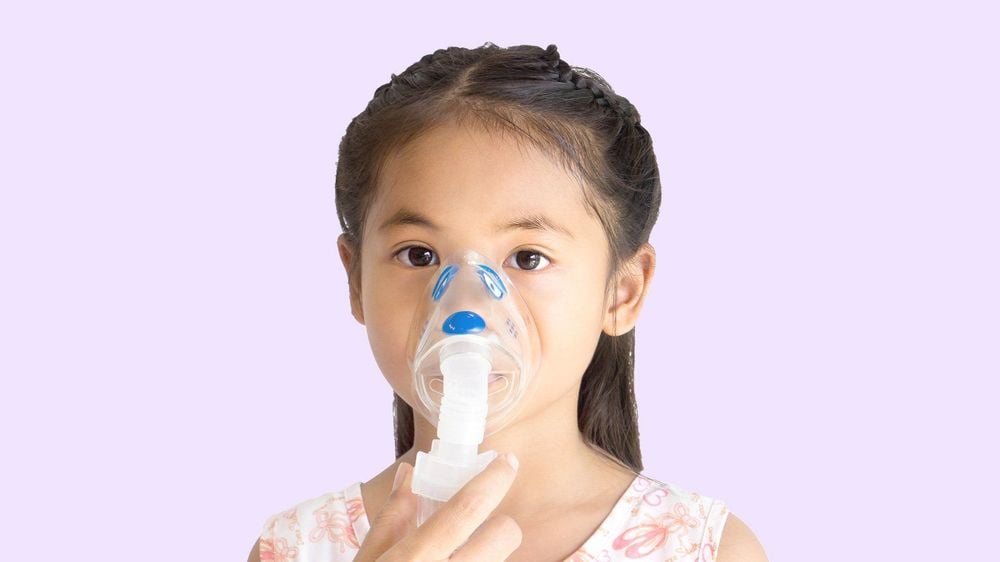
3. Use a mouthpiece for older children
Children over 5 years of age should use a breathing tube, although when using a mouthpiece, more medicine reaches the lungs than a mask, but using the mouthpiece requires good cooperation of the patient. So not suitable for children under 5 years old.4. Choose a quiet time
This note is especially important, especially for children under 2 years old. The best time to use a nebulizer on your baby is during sleep or during a quiet hour of the day. Avoid aerosols just before or after meals, as well as when the family is too active.The reason is because the child needs to focus on taking deep breaths during treatment so that the medicine can get into the lungs. Parents need to keep the environment quiet for about 5-10 minutes, up to 15 minutes, until the child completes aerosolization. The tumultuous space around will make children want to stand up and participate, making it difficult to focus on breathing.
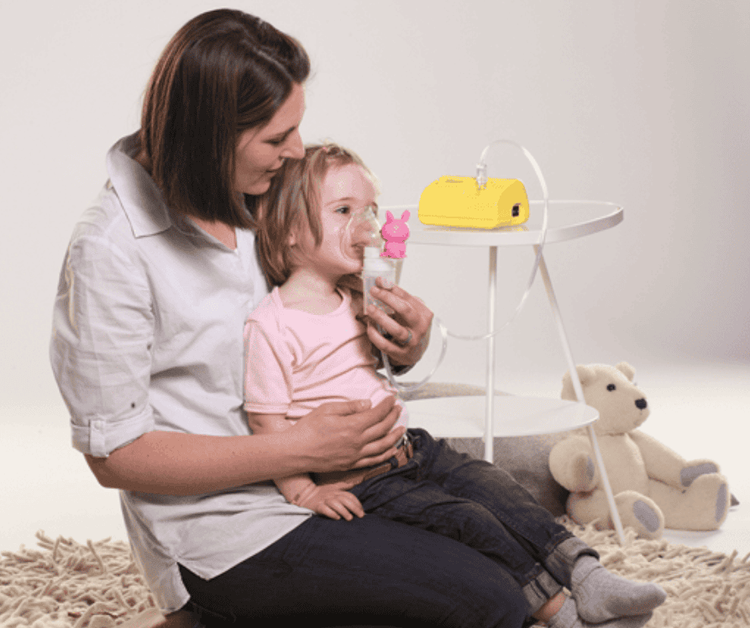
5. Check the medicine and dosage before taking
Always read the name of the medicine carefully and only use the medicine in the correct dosage as prescribed by your doctor. Each disease will have its own appropriate medicine, if you use it wrongly, it will not only not cure the disease, but also make the condition worse. For example, the bronchodilator salbutamol can cause some significant side effects such as:Chest pain Bronchospasm Extreme anxiety Increased blood pressure Pain in the legs Causing the child to breathe Note, do not mix corticosteroids and bronchodilators together; do not use water for nebulization instead of 0.9% physiological saline solution; do not arbitrarily use corticosteroids or antibiotics, and even essential oils, commercially available inhalers to decongest the nose.
In addition, when using a nebulizer, you must also follow the correct dosage method. If the medicine is too thin or too thick, it will cause the wrong sized mist particles to stick to the throat wall, not reach the bronchi and promote the healing effect inside.
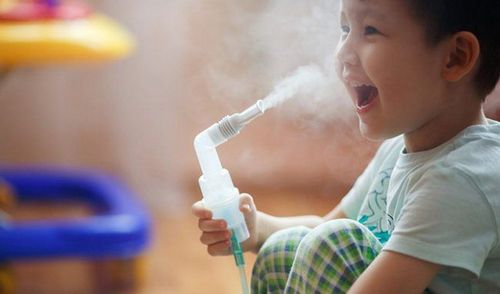
6. Relax and calm down
Many parents believe that when babies cry, they will breathe more deeply and inhale more medicine. In fact, crying is a prolonged exhalation, the child inhales very quickly to get a breath, so almost no medicine can get into the lungs. Therefore, do not let babies cry during nebulization therapy.On the other hand, children often find it difficult to sit still during treatment, making parents angry with their children. Parents should try to relax and remain calm during the aerosol treatment for their child. Instead of getting angry, try focusing your baby's attention on other things that are more engaging, which will help her worry less about the mask on her face. You can direct your child's attention to something more interesting by:
Show your child a favorite story book; Put your baby in your lap and play together a special game dedicated to nebulizer time; Older children can listen to music through headphones or play light games on the phone. Note, letting children watch TV is often not a good solution because the noise from the nebulizer will drown out the sound of the TV from afar.
7. Gargle, wash your face after treatment
Local side effects when using a nebulizer are usually:Cough; Hoarseness ; Fungal infections of the oropharynx; Irritation of the oropharyngeal mucosa; Facial stimulation (if using a mask). To avoid these side effects, patients should rinse their mouth and wash their face carefully after use.
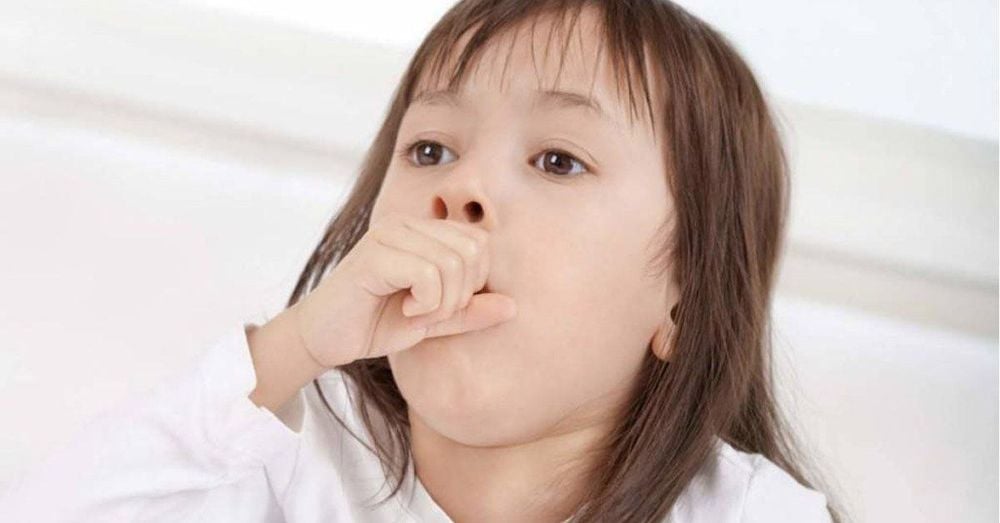
8. Do not schedule aerosols for your child yourself
Some people think that the more you use the nebulizer on your baby, the faster the illness will heal. Arbitrarily scheduling aerosols for children when sick or feverish without strictly following the schedule set by the doctor can lead to:Overdose of aerosol drugs causing dangerous side effects; Drug dependence/addiction; Long-term damage to the lungs. Therefore, parents must strictly follow the doctor's instructions on the type of nebulizer as well as the schedule for using the nebulizer.
9. Do not let your child depend on aerosol therapy
If a child has been used to aerosol for a long time, he may begin to rely on this therapy as his emotional support. Whenever a child begins to feel short of breath, the first thing a child wants to do is use a nebulizer. Adults are also not allowed to abuse indiscriminately to avoid addiction and decreased sense of smell.Parents should also pay special attention, children may ask to use aerosols just to attract the attention of parents, or use this excuse to escape, not to be scolded. To avoid falling into such a situation, parents should not agree to let their children use the nebulizer whenever they want or say it is difficult to breathe.
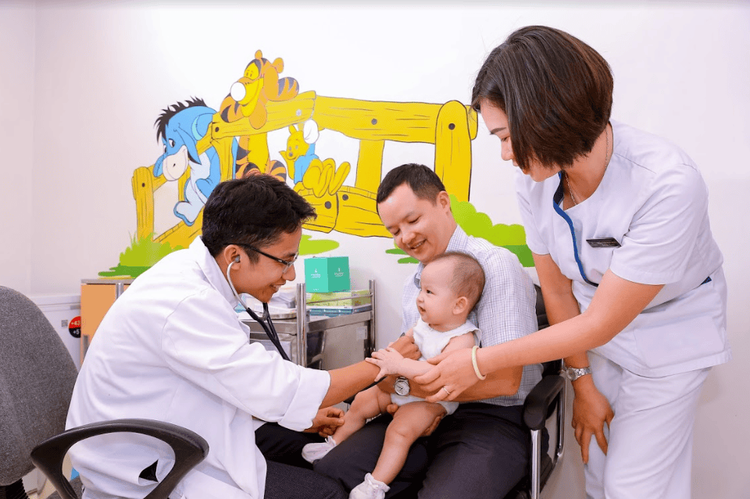
10. Cleaning tools
The nebulizer creates a warm and humid environment, which is very favorable for bacteria and mold growth. So, if you don't replace it and want to reuse it, you need to wash and dry the mask / mouthpiece after each use. Disassemble the three medicine cup components and empty any remaining medication, then rinse the sections with warm soapy water and then rinse with water. Dry all parts with a clean cloth, dry the tool in a cool place and avoid splashing water.Store the nebulizer in a cool and dust-free place. Replace the plastic tube when it is blurred or stagnant, and replace the filter according to the manufacturer's instructions (usually about 6 months).
Strictly following the doctor's instructions and keeping in mind the above notes will help the treatment with a nebulizer for babies at home more effective.
Please dial HOTLINE for more information or register for an appointment HERE. Download MyVinmec app to make appointments faster and to manage your bookings easily.
